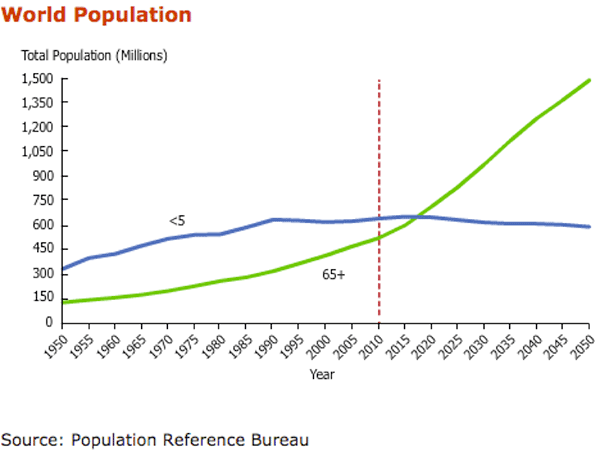Death does not wait for bull markets—or bear markets, for that matter. That’s what makes mortality service providers a defensive play.
This industry is alive and kicking, to the tune of over $20 billion spent annually in the U.S.
This figure has been growing: The cost of funerals has increased almost 1,328 percent in four decades.
The average funeral has an average tab of about $9,000, making it one of the more expensive purchases consumers ever make.
That cost has motivated some to opt for cremation instead, a factor cited by one-third of those who make this choice.
Cremations have risen in prevalence from 3.56 percent of all the deceased in 1960 to about 42 percent today.
A cremation costs an average of $2,000 to $4,000 when provided by a funeral home and $1,500 to $3,000 through a crematorium.
How Do You Invest In That?
There are two related markets here. Funeral homes, cemeteries and crematoriums are larger in number but smaller in size and privately held.
Then there’s the publicly-held part: the products and services sold to these entities have consolidated through mergers and acquisitions to a relatively small number of large firms. They manufacture or sell caskets, tombstones, vaults, cremation supplies, and embalming fluid.4 Also in this space: providers of hospice services and palliative care for people in the last months of their lives.
Six of these stocks appear in the Rest in Peace motif. It has a 12-month return of 18.3 percent and a 1.3 percent dividend yield. By comparison, the Standard & Poor’s had a decline of 1.8 percent for the same time period.
It’s not inaccurate to say that as of this writing nothing is comparable to the Rest in Peace motif within the mutual fund and exchange traded fund industry.
However, the stocks within the Rest in Peace motif each appear in three to four dozen ETFs apiece, albeit with much broader focuses based on things like market capitalization.
Five of the six stocks in the Rest in Peace motif pay dividends, which is considered a sign of stability.7 That perception may explain the recent rise in the popularity of the motif.
The one stock that does not pay dividends, hospice service provider Amedisys Inc AMED, has enjoyed an annual return of 102.7 percent, although it currently has a weight of only 4.1 percent in the motif.
The largest weighted stock in the motif, funeral provider Service Corporation International SCI, has a 36.5 percent return for the year, a dividend yield of 3.6 percent, and a 20.3 percent weight.
Other stocks in the motif include Matthews International Corp MATW, Hillenbrand, Inc. HI, Carriage Services, Inc. CSV and Chemed Corporation CHE.
Picture This
If the names of these companies don’t sound familiar enough to you, here are some visuals that will hopefully make it clear: Burials each year use enough steel to rebuild the Golden Gate Bridge and enough embalming fluid to fill eight Olympic-sized swimming pools.
The amount of reinforced concrete used for tombstones, burial liners and vaults each year could build a 615-mile highway.
These companies’ target customer base increases by 108 each minute—that’s the average death rate worldwide.
Some expect mortality rates to pick up pace with the aging of the population.10 Worldwide, the proportion of the population in the 65-and-up bracket will surge to 1.5 billion worldwide, up from 601 million today.11 (And people in this age range will outnumber those aged five and under, as the chart below illustrates.)

(The aging of the population also benefits a related sector that’s reflected in our Senior Care motif.)
While these demographic trends signal that demand for death care products and services may be consistent, this category is not without risks.
For starters, so-called pre-need sales—paying for a funeral, cremation, or memorial service while you’re still alive—might take a hit if the economy continues to slow down.
Finally, available burial space is becoming harder to come by in the U.S., and that could challenge growth prospects.
Fortunately, one risk is fictional: a zombie apocalypse will never keep people from dying in real life. While no real-life investment has certainty like death and taxes, that doesn’t have to mean you can’t make a killing during economic uncertainty.
© 2024 Benzinga.com. Benzinga does not provide investment advice. All rights reserved.
Comments
Trade confidently with insights and alerts from analyst ratings, free reports and breaking news that affects the stocks you care about.